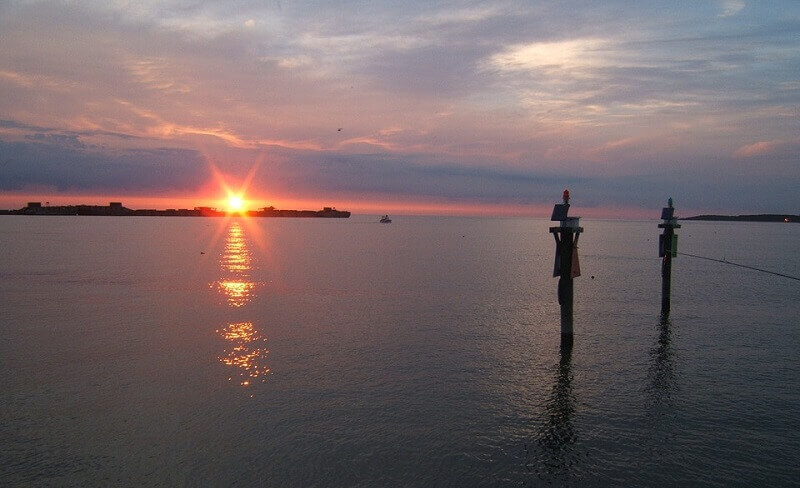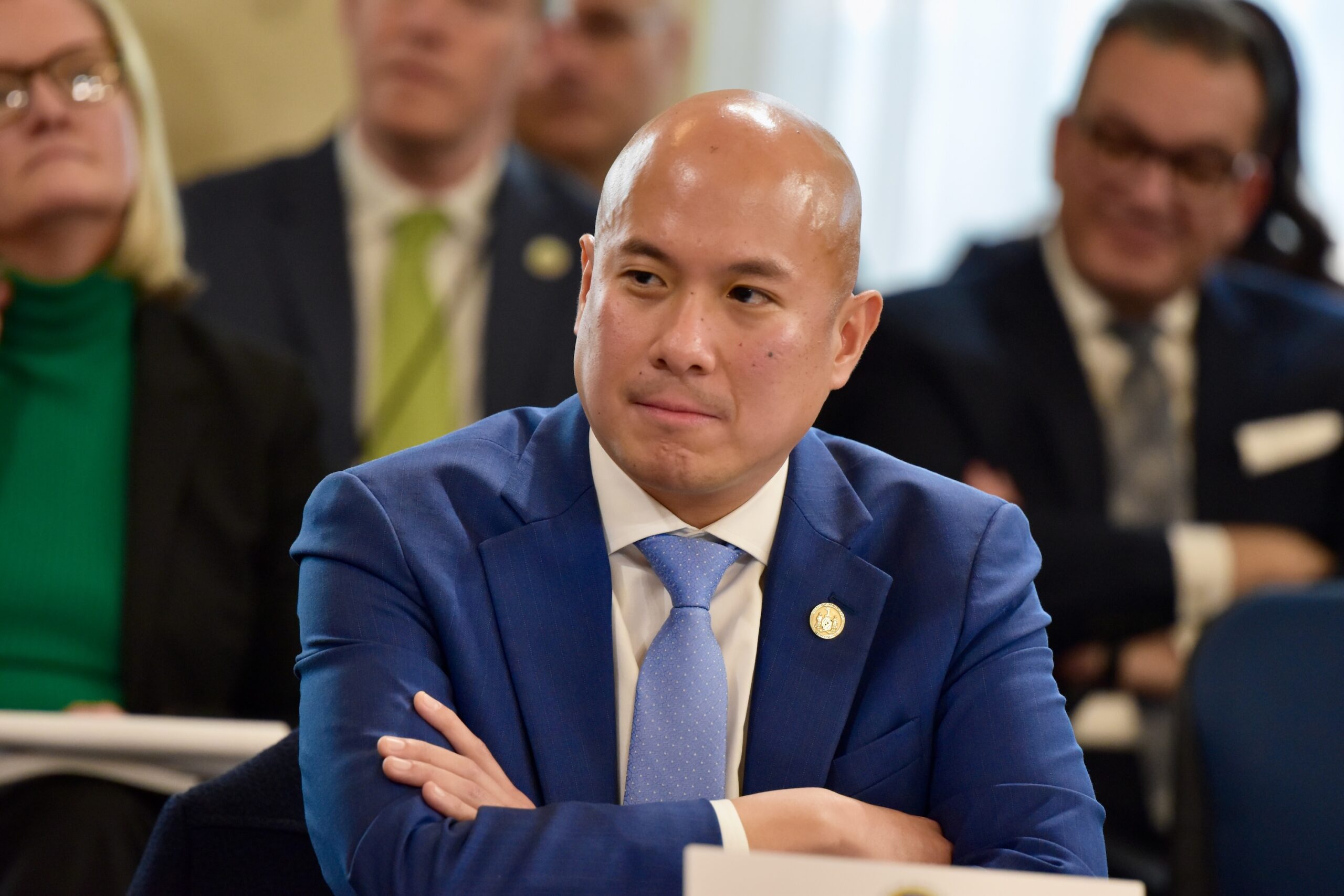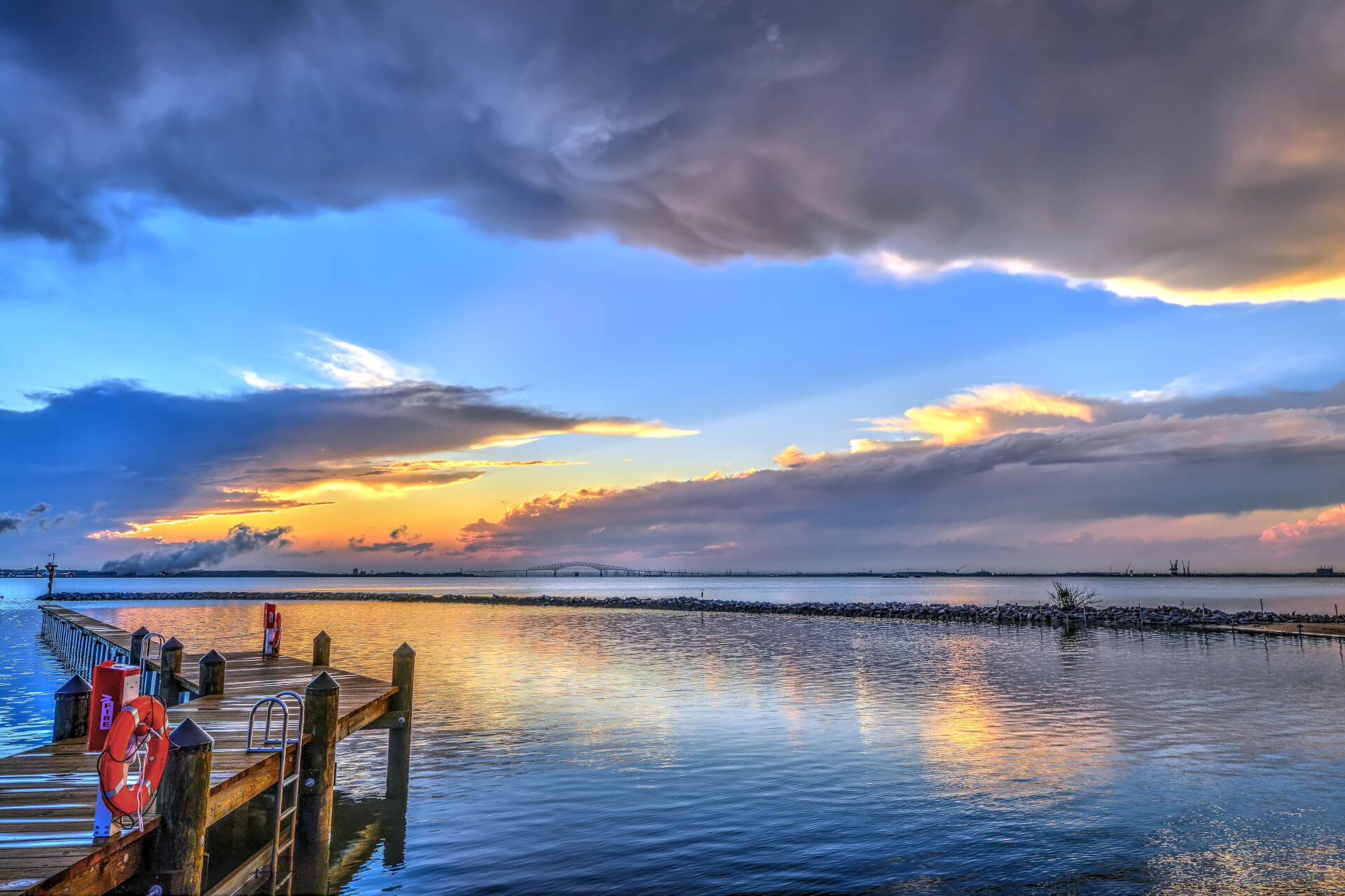EPA Names Director for Its Chesapeake Bay Program

A veteran government scientist and meteorologist is poised to become director of the U.S. Environmental Protection Agency’s Chesapeake Bay Program, which oversees federal and regional Bay environmental monitoring and cleanup efforts.
The EPA announced Thursday that Kandis Boyd will take over as director of the program on Monday. She’ll be the first person of color to hold a leadership position on government Chesapeake Bay policy — and the first permanent head of that EPA office in over a year.
“I’m thrilled to have Kandis join our leadership team as we are stepping up restoration efforts for the Bay in the face of emerging challenges,” said EPA Mid-Atlantic Regional Administrator Adam Ortiz — a former state and local environmental official in Maryland. “Her experience as a strategic leader in the sciences and success engaging diverse communities and youth will help take the Bay effort to a new level as we focus on climate change and vulnerable communities.”
According to the EPA, Boyd has nearly 30 years of experience leading, teaching, advising and mentoring students and early career enthusiasts in environmental and atmospheric science. The first African-American woman to receive an undergraduate degree in Meteorology from Iowa State University, Boyd served most recently as strategic advisor for the Office of Equity and Civil Rights at the National Science Foundation (NSF). That position included serving as the first deputy division director of the NSF Division of Grants and Agreements, where she provided oversight and direction for 35 staffers, a $5 billion budget, and more than 12,000 new grants a year.

Kandis Boyd, the new director of EPA’s Chesapeake Bay Program.
Boyd spent most of her career at the National Oceanic and Atmospheric Administration (NOAA). During Hurricane Katrina, she delivered around-the-clock on-site meteorological forecasts during the 2005 landfall of that hurricane. She served as the designated federal officer for the third National Climate Assessment Development Advisory Committee, co-chaired the first NOAA Environmental Modeling Strategic Plan, served as an adviser for NOAA’s $2 billion satellite portfolio, and was both acting director and deputy director of the NOAA Weather Program Office.
EPA’s Chesapeake Bay Program coordinates activities and implements strategies for meeting the restoration goals of the Chesapeake Bay watershed, which covers 64,000 square miles across New York, West Virginia, Pennsylvania, Delaware, Maryland, Virginia and the District of Columbia.
“I’m extremely humbled and excited to work with a forward-focused team of specialists and experts to advance the ongoing work of EPA and the Chesapeake Bay partners,” Boyd said. “I’m ready to dive in and get to work on the most pressing matters before us.”
The last permanent head of the Chesapeake Bay program was Dana Aunkst, who served from December 2018 to March 2021. Aunkst was a longtime official with the Pennsylvania Department of Environmental Protection before taking the EPA job. He served at a time when the Trump administration was regularly trying to cut Bay cleanup programs and was sued by states like Maryland for not doing enough to hold other states accountable for their pollution reduction commitments.
Hillary Falk, president of the Chesapeake Bay Foundation, which has been a plaintiff in some of those lawsuits, praised Boyd’s selection.
“Many challenges remain, time is running short, and climate change threatens to reverse the progress we’ve made,” she said. “The good news is we also have unprecedented new funding for the Chesapeake Bay Program and federal farm conservation programs that can help us make up ground quickly. Dr. Boyd has the leadership skills to help coordinate the efforts of the multiple federal agencies that play a significant role in Bay restoration, the knowledge to ensure we are guided by the best science, and the personal commitment to ensure that vulnerable communities are not left behind.”




 Creative Commons Attribution
Creative Commons Attribution